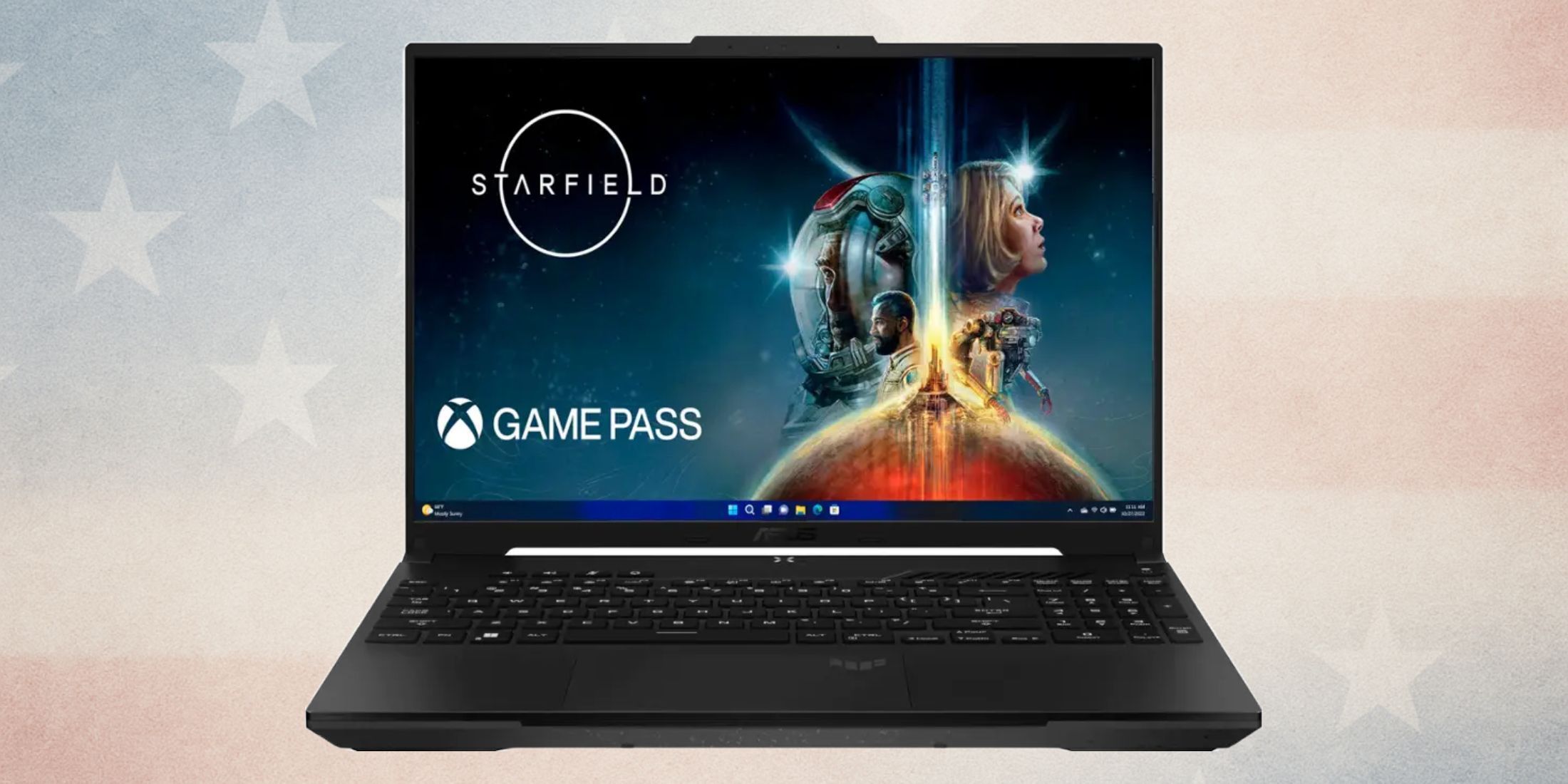Computex 2025: All things AI to come from the annual computer show | Mint
Computex 2025 is a wrap. The four-day Taipei event at the Nangang Exhibition Halls saw 86,521 visitors from 152 countries. This year’s event was themed “AI Next". It highlighted AI advancements, next-gen tech, future mobility and lots of robotics.
From Acer’s AI-powered wearables to ASUS HealthAI Genie and Intel’s New Arc Pro GPUs, here’s a roundup of all that AI goodness from the show floor.
There were not one but two products from Acer's house. The first of them is the AI TransBuds. These are truly wireless stereo (TWS) earphones with an ear-hook design. They come in a black colourway. Their USP is that they support AI-backed live translations in 15 major languages, covering languages spoken across Asia, Europe, and the Americas. These buds are lightweight and compact, and they support Bluetooth 5.4.
The company says these are "ideal for casual conversations, business meetings, livestreams, or online study sessions". The languages supported include Chinese, English, Filipino, French, German, Indonesian, Italian, Japanese, Korean, Malay, Portuguese, Russian, Spanish, Thai, and Vietnamese.
Next up is Acer’s first-ever smart ring, the FreeSense Ring. For a company that specialises in laptops and monitors, this announcement came as a surprise. The smart ring is a run-of-the-mill product with nothing out of the box. It has all the health monitoring features you’d expect, all those lightweight AI-powered insights come in different sizes and have two colourways - Black and Rose Gold. The USP of the product is that, unlike other smart rings, the FreeSense Ring has no subscription fees.
Also read: Samsung Galaxy S25 Edge review: In pursuit of slimness
Sprinkle in some AI, and your personal health management soars to new heights. Yes, Asus has developed the HealthAI Genie, an AI-powered functionality in the ASUS VivoWatch and ASUS HealthConnect App. It acts as a 24/7 personal health coach for those using the VivoWatch and provides AI-driven health insides. This product employs a four-stage AI model with Continuous Tracking, Intelligent Analysis, Risk Prediction, and Personalized Action Plan features.
Another AI-powered device Asus has released is the Handheld Ultrasound LU800. This device uses advanced AI-assisted imaging technology to enhance diagnostic accuracy and workflow efficiency. Thanks to AI-powered image optimisation, it will ultimately reduce scan time and minimise human error.
Originally, Project G-assist was an AI assistant for in-game tips and optimisation of PC settings. In the new avatar, Project G-assist gains support for plugins of gamers’ favourite apps like Discord, Twitch, Spotify and IFTTT (the smart shortcut maker). There’s also Gemini support included.
Intel is ready to take AI to the next level with its new GPU lineup, including Arc Pro B60 and Arc Pro B50. These GPUs have been designed to support AI interface and professional workstation tasks. The B60 comes with 24GB of memory, and the B50 has 16GB of memory, which is plenty of memory to support all your demanded AI tasks. These models are based on the Xe2 architecture. Xe2 features Intel Xe Matrix Extensions (XMX) for AI processing.
The Gaudi 3 AI accelerators, offered in rack-scale configurations, are intended for enterprise and cloud deployments.
There’s also the new Intel AI Assistant Builder. This tool is on GitHub and is intended for developers who want to build local and specialised AI agents (optimised for Intel hardware).
The walled garden is being broken down, piece by piece. Nvidia CEO Jensen Huang took to the stage in Taipei to announce the “NVLInk Fusion" program. This allows partners and customers to use non-Nvidia graphics processing and central processing units with NVLink and the company’s various products. Initially, NVLink was only limited to chips made by the company. “NV link fusion is so that you can build semi-custom AI infrastructure, not just semi-custom chips...In any case, you have the benefit of using the NV link infrastructure and the NV link ecosystem," Huang said.
With this NVLink Fusion, AI infrastructure can be integrated with Nvidia processors and various CPU ASICs (application-specific integrated circuits). This means that a partner like Qualcomm can connect an Nvidia GPU in an AI data centre with its own third-party CPUs. Some of the partners for this program include MediaTek, Marvel, Astera Labs and Cadence.
Also read: Samsung Galaxy S25 Edge review: In pursuit of slimness
Catch all the Business News, Market News, Breaking News Events and Latest News Updates on Live Mint. Download The Mint News App to get Daily Market Updates.
more











